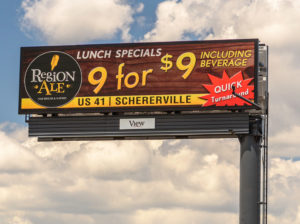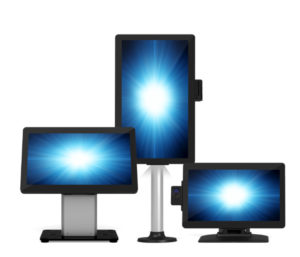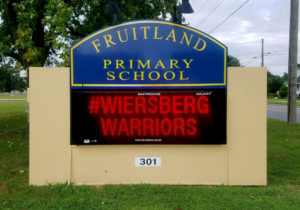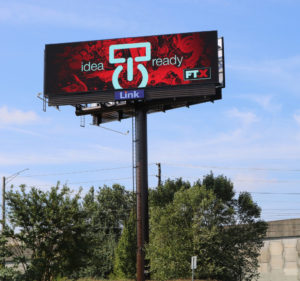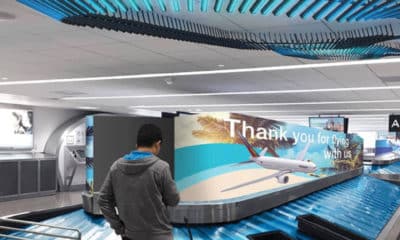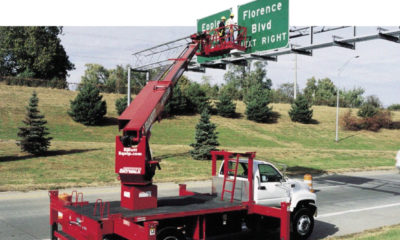This article has been updated.
MAYBE THE FIRST you saw a digital display was at a sporting event. The scoreboard could show instant replays, animation while the rally song was played or even display a couple smooching in the stands. These days, digital displays of varying sizes can be found in a lot of places. So is it possible to sell your customers on this type of signage? Let’s take a look at some of the options on the market as well as factors you need to consider and convey to your clients.
Probably the biggest benefit to your customer is the dynamic nature of EMCs (electronic message centers) and digital displays. One billboard can display messages from multiple companies. A local business like a supermarket or mall can display sale items or specials on a daily basis if needed. In indoor settings like malls, restaurants or even medical facilities, the signs can be interactive, providing directions to stores or perhaps more information about a particular product or location.
Pretty much everybody sees the benefits of EMCs and digital displays but obviously there are many different types with very different applications. Placement and reading distance can also be big determining factors. So let’s take a look at the most common types available.
For indoor applications the technology can be pretty similar to LCD or LED televisions. Of course the displays must be more heavy duty, but viewing distances will range from as far away as hundreds of feet and can be as close as touching distance for interactive displays. A local area network (LAN) typically drives these systems, though the control system may be integrated into the housing.
Moving outdoors you have a number of factors to consider. Of course, the electronics must be waterproof. In addition, factors such as viewing distance and display brightness must be accounted for. The resolution of the overall display must be considered as well. Lower resolutions can handle text and static graphics, but higher resolutions are needed for full motion video. For the last several years, cell phones have been the predominant way to communicate with the sign. The complexity of the system determines what type of message is stored for display. Static information such as non-animated text and possibly some glyphs do not require a large amount of storage. Animation and full motion video, of course, require more storage and heftier processing resources.
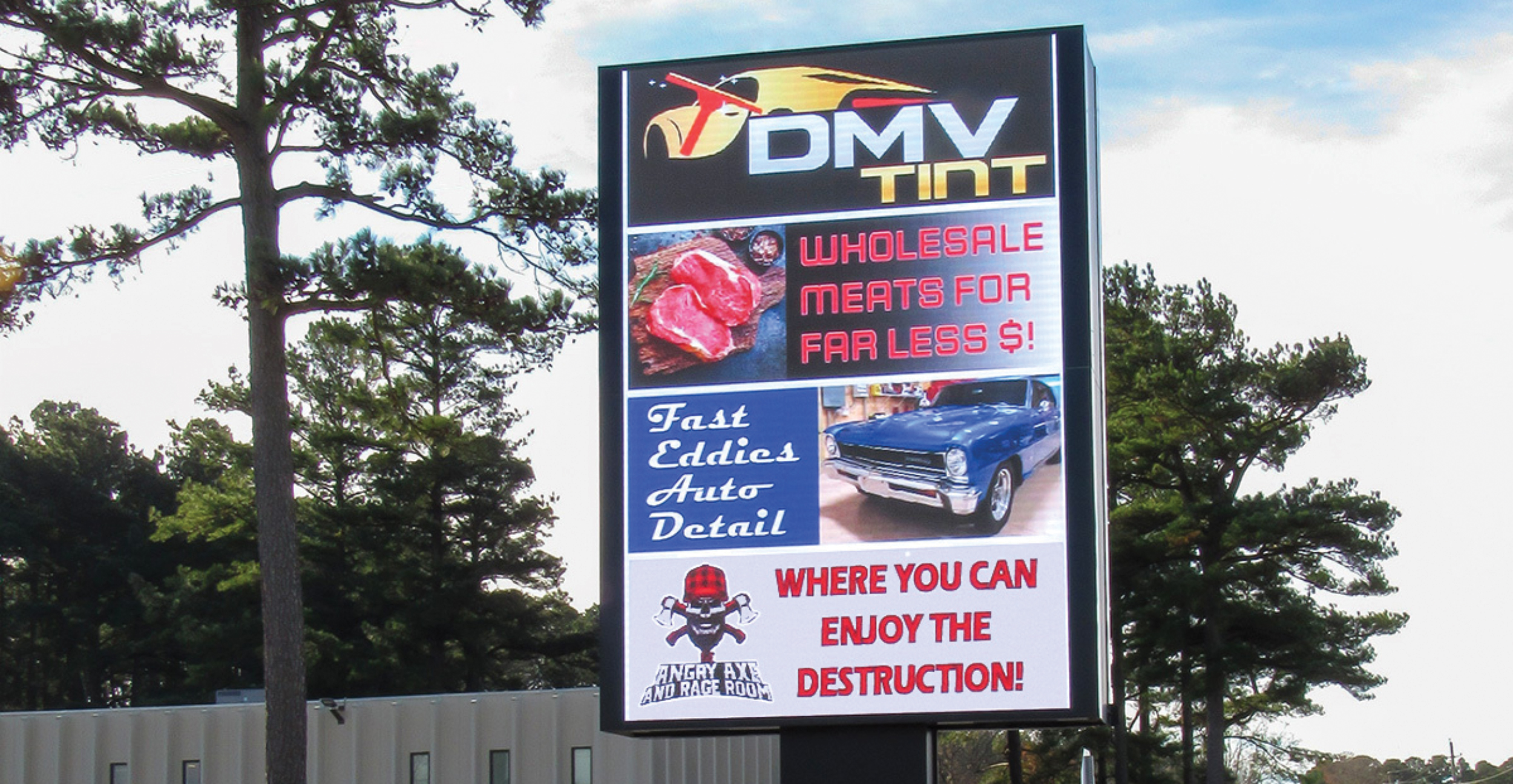
Digital displays such as these are extremely versatile in the way they can advertise different messages at different times, or as here, at the same time.
The “entry level” to EMCs are the signs you see at service stations, grocery stores and schools. A traditional sign typically names the business or entity plus one or more rows of text. Lighting is usually provided by red, white or amber LEDs. The size of the characters is determined by viewing distance, which is often from a road in front of the location or the parking lot. An average EMC on Main St. USA would cost $20K to $50K and all other construction costs would be the same for constructing the sign.
However, a granddaddy digital billboard will run some serious cash. One face can range from $100K up to $500K depending on the pixel pitch (resolution). You also need a well trained installation team and the means to remotely program and maintain the display. As opposed to the message centers, billboards can pay for themselves fairly quickly depending upon their location. Heavy traveled urban areas can command high monthly rental rates ($2K on up) and remember that multiple messages can be displayed from the same sign.
The EMC and digital display market is really booming, but it’s an area where you need to do your homework to ensure using the proper panel or display type. Even smaller shops can get in on the action by offering their local markets, churches and malls dynamic and changeable displays.
PHOTO GALLERY (6 IMAGES)
📷: Courtesy of watchfire signs
Advertisement


 Tip Sheet1 week ago
Tip Sheet1 week ago
 Photo Gallery3 days ago
Photo Gallery3 days ago
 Ask Signs of the Times5 days ago
Ask Signs of the Times5 days ago
 Real Deal2 weeks ago
Real Deal2 weeks ago
 Benchmarks1 week ago
Benchmarks1 week ago
 Photo Gallery9 hours ago
Photo Gallery9 hours ago
 Women in Signs2 weeks ago
Women in Signs2 weeks ago
 Women in Signs1 week ago
Women in Signs1 week ago
